A movie theater (American English), cinema (British English), or cinema hall (Indian English), also known as a picture house, the pictures, picture theater, the silver screen, the big screen or the movies, is a building that contains auditoria for viewing films (also called movies) for entertainment. Most, but not all, theaters are commercial operations catering to the general public, who attend by purchasing a ticket. Some movie theaters, however, are operated by non-profit organizations or societies that charge members a membership fee to view films.
The film is projected with a movie projector onto a large projection screen at the front of the auditorium while the dialogue, sounds, and music are played through a number of wall-mounted speakers. Since the 1970s, subwoofers have been used for low-pitched sounds. Since the 2010s, most movie theaters have been equipped for digital cinema projection, removing the need to create and transport a physical film print on a heavy reel.
A great variety of films are shown at cinemas, ranging from animated films to blockbusters to documentaries. The smallest movie theaters have a single viewing room with a single screen. In the 2010s, most movie theaters had multiple screens. The largest theater complexes, which are called multiplexes—a concept developed in Canada in the 1950s — have up to thirty screens. The audience members often sit on padded seats, which in most theaters are set on a sloped floor, with the highest part at the rear of the theater. Movie theaters often sell soft drinks, popcorn, and candy, and some theaters sell hot fast food. In some jurisdictions, movie theaters can be licensed to sell alcoholic drinks.
A movie theater may also be referred to as a movie house, film house, film theater, cinema or picture house. In the US, theater has long been the preferred spelling, while in the UK, Australia, Canada and elsewhere it's theatre.
However, some US theaters opt to use the British spelling in their own names, a practice supported by the National Association of Theatre Owners, while apart from Anglophone North America most English-speaking countries use the term cinema /ˈsɪnɪmə/, alternatively spelled and pronounced kinema /ˈkɪnɪmə/. The latter terms, as well as their derivative adjectives "cinematic" and "kinematic", ultimately derive from Greek κινῆμα, κινήματος (kinema, kinematos)—"movement", "motion". In the countries where those terms are used, the word "theatre" is usually reserved for live performance venues.
Movie theatres stand in a long tradition of theaters that could house all kinds of entertainment. Some forms of theatrical entertainment would involve the screening of moving images and can be regarded as precursors of film.
In 1799, Étienne-Gaspard "Robertson" Robert moved his Phantasmagorie show to an abandoned cloister near the Place Vendôme in Paris. The eerie surroundings, with a graveyard and ruins, formed an ideal location for his ghostraising spectacle.
When it opened in 1838, The Royal Polytechnic Institution in London became a very popular and influential venue with all kinds of magic lantern shows as an important part of its program. At the main theatre, with 500 seats, lanternists would make good use of a battery of six large lanterns running on tracked tables to project the finely detailed images of extra large slides on the 648 square feet screen. The magic lantern was used to illustrate lectures, concerts, pantomimes and other forms of theatre. Popular magic lantern presentations included phantasmagoria, mechanical slides, Henry Langdon Childe's dissolving views and his chromatrope.
The earliest known public screening of projected stroboscopic animation was presented by Austrian magician Ludwig Döbler on 15 January 1847 at the Josephstadt Theatre in Vienna, with his patented Phantaskop. The animated spectacle was part of a well-received show that sold-out in several European cities during a tour that lasted until the spring of 1848.
The famous Parisian entertainment venue Le Chat Noir opened in 1881 and is remembered for its shadow plays, renewing the popularity of such shows in France.
Canada was the first country in the world to have a two-screen theater. The Elgin Theatre in Ottawa, Ontario became the first venue to offer two film programs on different screens in 1957 when Canadian theater-owner Nat Taylor converted the dual screen theater into one capable of showing two different movies simultaneously. Taylor is credited by Canadian sources as the inventor of the multiplex or cineplex; he later founded the Cineplex Odeon Corporation, opening the 18-screen Toronto Eaton Centre Cineplex, the world's largest at the time, in Toronto, Ontario. In the United States, Stanley Durwood of American Multi-Cinema (now AMC Theatres) is credited as pioneering the multiplex in 1963 after realizing that he could operate several attached auditoriums with the same staff needed for one through careful management of the start times for each movie. Ward Parkway Center in Kansas City, Missouri had the first multiplex cinema in the United States.
Since the 1960s, multiple-screen theaters have become the norm, and many existing venues have been retrofitted so that they have multiple auditoriums. A single foyer area is shared among them. In the 1970s, many large 1920s movie palaces were converted into multiple screen venues by dividing their large auditoriums, and sometimes even the stage space, into smaller theaters. Because of their size, and amenities like plush seating and extensive food/beverage service, multiplexes and megaplexes draw from a larger geographic area than smaller theaters. As a rule of thumb, they pull audiences from an eight to 12-mile radius, versus a three to five-mile radius for smaller theaters (though the size of this radius depends on population density). As a result, the customer geography area of multiplexes and megaplexes typically overlaps with smaller theaters, which face threat of having their audience siphoned by bigger theaters that cut a wider swath in the movie-going landscape.
Hash browns are already a staple at the breakfast table but this version kicks it up several notches! What makes it "loaded" hash browns? Well, layers of crispy hash browns are accompanied by lots of cheddar cheese, rich bacon, flavorful scallions, and just the right amount of salt and pepper to bring it all together.
There's no way that anyone in your house will continue sleeping when they smell these loaded hash browns cooking. Plus, it's easy enough to make any day of the week even though it tastes like a Sunday brunch delicacy.
- 1 (30-ounce) bag frozen shredded hash brown potatoes, thawed
- 3 scallions, thinly sliced (with 1 tablespoon reserved for garnish)
- 3/4 teaspoon salt
- 1/4 teaspoon black pepper
- 4 tablespoons vegetable oil, divided
- 2 cups shredded Cheddar cheese, divided
- 1/4 cup bacon bits, divided
- In a large bowl, combine potatoes, scallions, salt, and pepper.
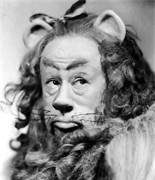
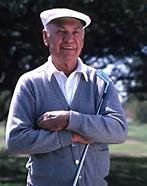
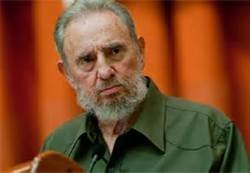
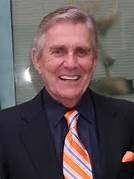
Famous Lefties






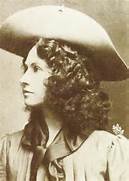


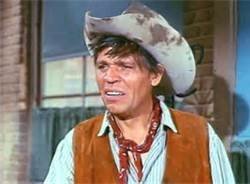

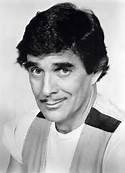
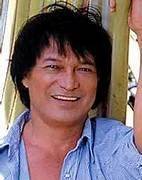


No comments:
Post a Comment